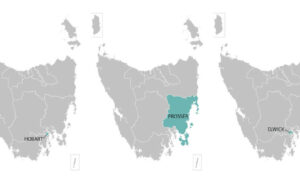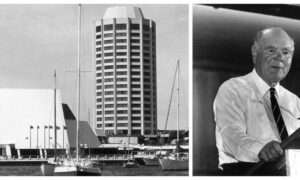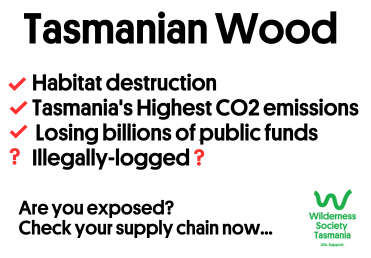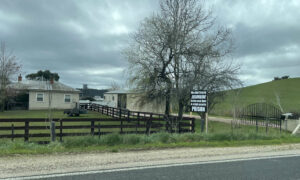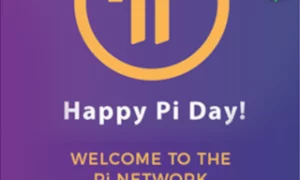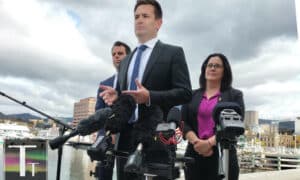Hobart Western Bypass Feasibility Study – Department of State Growth, 2020
Introduction
Since the 1960s, a number of bypass concepts have been proposed to improve congestion within Hobart CBD. These have included a range of concepts from ring road options to tunnel alignments. Ring road proposals have included a western bypass starting in the south prior to Mount Nelson, skirting around inner Hobart and Glenorchy and connecting up to the Brooker Highway via Claremont Link Road. Most recently, a proposal prepared by the NCK Evers Network suggested a tunnel from the Southern Outlet to the Tasman Highway with interchanges along the route to provide improved connectivity to the CBD.
In response to these proposals and recognising the pressure on Hobart’s roads, the Tasmanian Government announced in March 2019 that it would investigate alternative traffic routes through Hobart considering possible options including bypass roads and tunnels. A comprehensive feasibility study examining options for a Hobart Western Bypass has now been completed by consultants GHD.
GHD are a respected multi-disciplinary engineering consultant who have been involved in all phases of road project delivery including providing technical and commercial advice to other state governments on large road tunnel projects such as:
• Melbourne’s East Link, North East Link, East West Link and West Gate Tunnel;
• Sydney’s Westconnex, Northconnex, M6 and Lane Cove Tunnel; and
• Brisbane’s Airport Link, Clem 7 and Legacy Way.
From a commuting perspective, Hobart is more dependent on private vehicles than other Australian capital cities, with approximately 84% of commuters using private vehicles even though the mean commuting distance is less than 9 km. The Macquarie-Davey couplet is the key transport link for through traffic as well as trips ending within the Hobart CBD. In 2016, almost 70,000 vehicles used the Macquarie-Davey couplet daily, with over 11,000 vehicles during the morning peak (7:00 am to 9:00 am) and 13,000 vehicles during the afternoon peak (4:00 pm to 6:00 pm). Previously, the effectiveness of bypass options has generally been challenged as demand surveys indicate that a large proportion of congestion on the Macquarie-Davey couplet is not through traffic, but instead traffic which accesses the CBD.
Executive summary
In March 2019, the Tasmanian Government announced that it would investigate alternative traffic routes through Hobart considering all options including bypass roads and tunnels. A comprehensive feasibility study examining options for a Hobart Western Bypass has now been completed by consultants GHD. GHD are a respected multi-disciplinary engineering consultant involved in all phases of road tunnel delivery including providing feasibility advice to the Victorian, New South Wales and Queensland governments.
The feasibility study aim was not to recommend whether or not a bypass should be built or not, but rather to outline the costs, benefits and impacts of bypass construction, show people what the bypass infrastructure would look like and consider when conditions in Hobart might be suitable for this infrastructure. The study developed five different bypass options before shortlisting two of those options for a more detailed analysis of their technical and commercial feasibility. The two shortlisted options use a combination of tunnels, bridges, interchanges and ramps to bypass the CBD providing a free flowing connection between the Southern Outlet and the Brooker and Tasman Highways. The route and number of tunnels and interchanges differs between the two options investigated in detail. Three dimensional visualisations have been produced outlining the physical layout and construction impact zones of both options.
Traffic modelling found that the untolled bypass options were capable of reducing Macquarie-Davey traffic volumes by up to half, leading to travel time savings of up to four minutes. However with an estimated unescalated cost of over $3.3 billion, compared to these travel time savings, a bypass would be considered unfundable by both the Tasmanian and Australian Government.
This conclusion was reached after considering potential financing options including Public Private Partnerships (PPP) and tolling the use of the bypass over a 30 year period including five years for construction. The cost of using the bypass to the Tasmanian Government was found to be approximately $31 per one-way trip.
Traffic and financial modelling found that less than 2% of the annual cost of the bypass could be recovered by tolling leaving the tax payer to subsidise the remaining 98% of the capital and operating costs. Charging a toll that people would be prepared to pay (based on travel time savings) would only recover the cost of operating the tolling infrastructure and at the same time, would discourage around half the people who would otherwise use the bypass.
Additionally the significant and unprecedented impacts to Hobart’s existing land use, heritage listed precincts and properties and visual amenity were considered to be prohibitive and likely to face legal challenges during the approval processes available to the Government.
While in many major urban centres, tunnels are a viable solution to managing CBD congestion, this feasibility study examined the specific traffic, geotechnical and heritage conditions present in Hobart and found that tunnels are unlikely to be a viable solution for our capital city in the foreseeable future. Even though construction of a bypass road was found to be unfeasible, the study has provided valuable information to the Government to allow it to make informed decisions about investing in infrastructure that better connects Hobart.
The Government’s priority in the short to medium term remains the projects identified in the Hobart City Deal which forms the blueprint for the Tasmanian Government’s coordinated plan to improve transport across Greater Hobart, now and into the future.
Read the full feasibility study.



